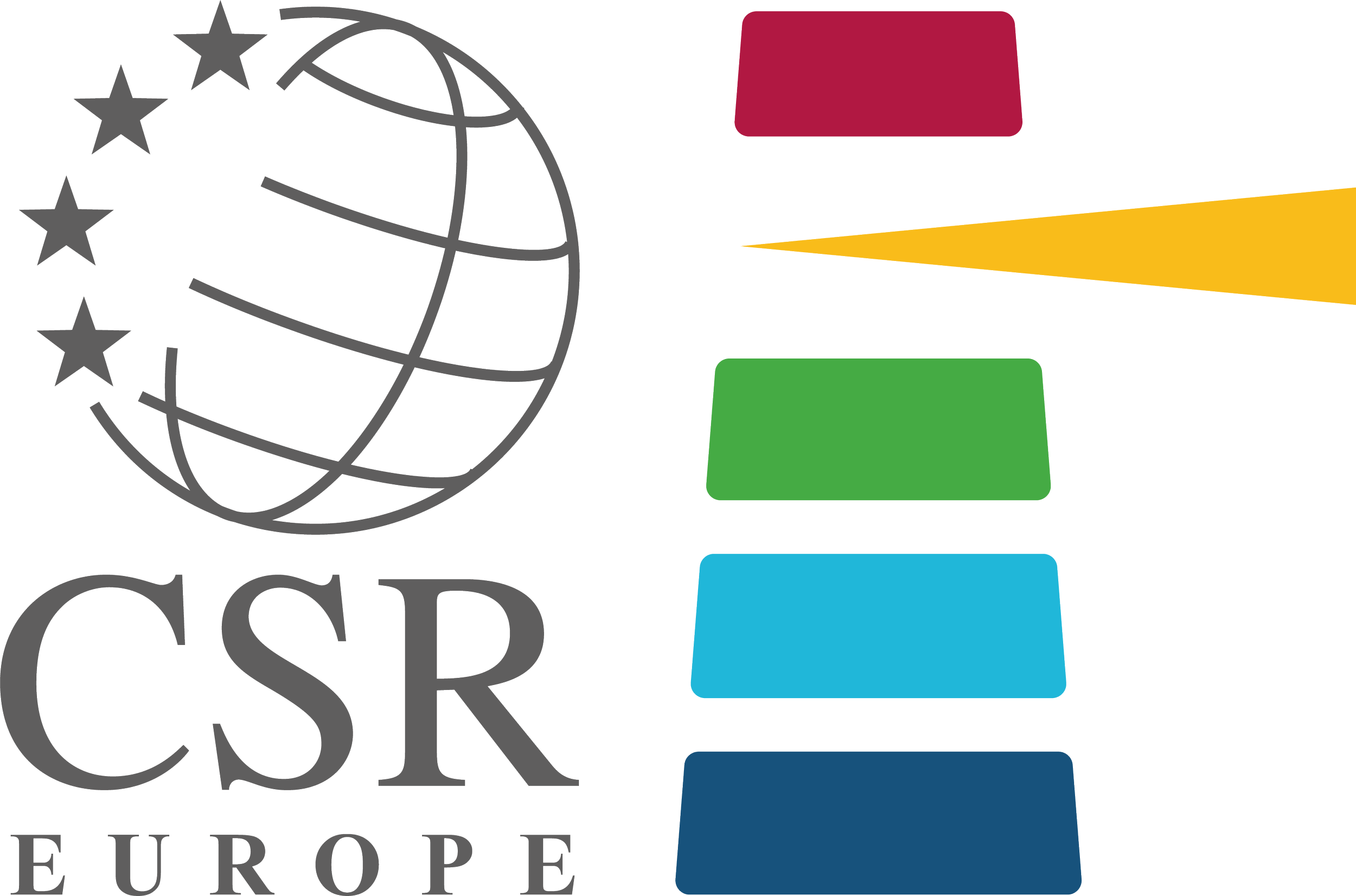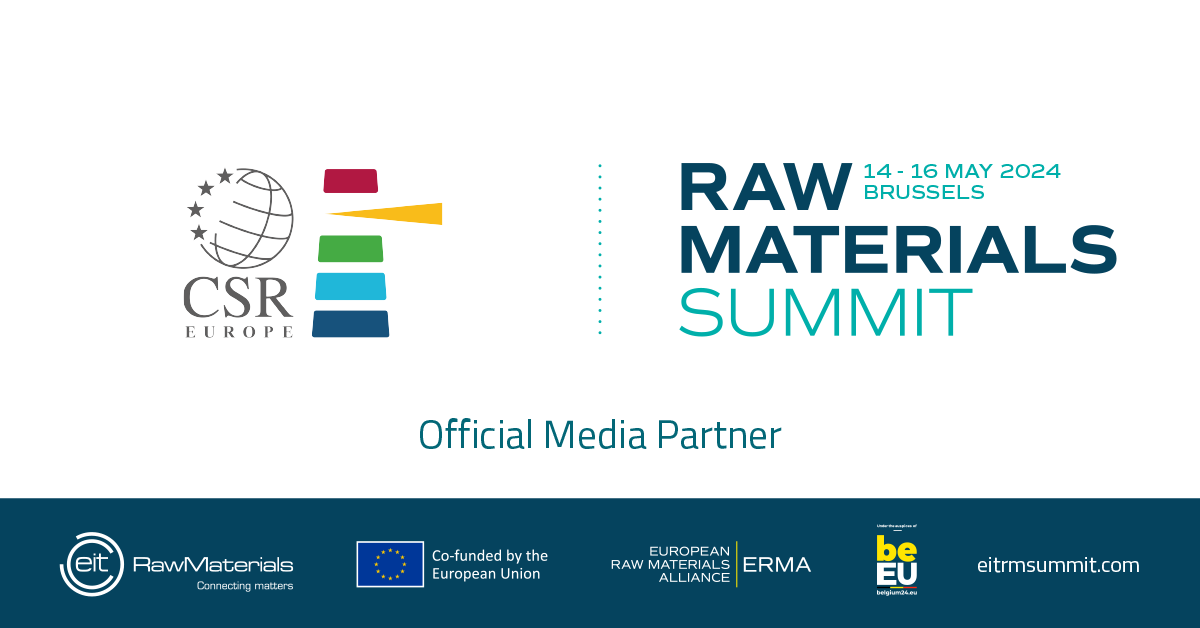Navigate Corporate Sustainability Reporting with the Double Materiality Assessment
The newly updated service guides companies in identifying key material issues across financial, environmental, social, and governance (ESG) domains.
Steps of the assessment to develop your tailored double-materiality matrix include a regulatory landscape, sector analysis, a benchmark matrix, and the delivery of a stakeholder dialogue with internal and external parties for feedback.
In recent years, the concept of materiality in corporate sustainability reporting has undergone a significant transformation. Traditionally confined to financial factors, materiality has not expanded to encompass environmental, social, and governance (ESG) considerations, giving rise to concept of "double materiality". This paradigm shift reflects a deeper understanding of the interplay between how businesses are impacted by sustainability issues (“outside-in”) and how their operations affect society and the environment (“inside-out”), providing a more holistic view of a company's value creation and risk management.
With the European Union now integrating double materiality into its Corporate Sustainability Reporting Directive (CSRD) and European Sustainability Reporting Standards (ESRS), CSR Europe’s enhanced double materiality assessment provides tangible support for companies striving to fulfill these compliance obligations. Firstly, CSR Europe will help you understand your company’s context by looking at your activities and business relationships, as well as providing a regulatory landscape, a sector analysis, and a benchmark matrix. To evaluate the internal and external perception of your financial and impact materiality issues, we will deliver a stakeholder dialogue to collect feedback. Based on the inputs received from internal and external stakeholders, CSR Europe will finalize the creation of a tailored double-materiality matrix.
LONG TERM BENEFITS OF THE ASSESSMENT
Risk Management
You will be able to identify, evaluate, and mitigate the Impact, Risks, and Opportunities (IROs) in relation to the ESG topics across your operations and value chain, both upstream and downstream. evaluate and mitigate a broader spectrum
Opportunity Identification
By recognizing societal and environmental trends, you will be able to identify new market opportunities, foster innovation, and bolster competitiveness.
Stakeholder Engagement
Engaging with diverse stakeholders and considering their concerns and expectations is crucial for maintaining trust and legitimacy.
Long-Term Value Creation
It will be easier to integrate double materiality considerations into your sustainability strategy, enhancing your company's ability to generate sustainable long-term value for shareholders, society, and the planet.
For more information:
UPCOMING EVENTS













